Benefits of Using LEDs for Library Lighting
Keep Books Safe
Paper is sensitive to bright light. The paper can become discolored when exposed to UV light and heat. This is a particular problem for older manuscripts. You can hide the rare manuscripts in the dark, but this also defeats the library’s purpose. Another option is to illuminate the text with LED lighting. LED fixtures emit low levels of heat without harmful UV radiation.
Make the Books Easily Visible
While library patrons love browsing through the shelves, they also want to be able to read the book titles. You can configure LED fixtures in a range of color temperatures. You can adjust the lighting’s color based on the type of books. For example, comics and texts with brighter, bold covers stand out best with white, natural lighting. Older texts with dark green, brown, or black covers are easily visible with warmer lighting colors.
Protect Library Furniture
Recessed library lighting is a great option for built-in shelves. The lighting is easy to install and won’t damage the furniture. This type of library lighting is even safe to use with antique furniture.
You Can Adjust Your Shelves
Book sizes vary and don’t always stay on the same shelves. Your library lighting needs to accommodate both short and tall books. LED light strips on the shelves illuminate the titles, while also allowing you to easily adjust the shelving as needed. You won’t even need to remove the lighting to adjust the shelf height.
Frequently Asked Questions About Library Lighting
Here’s a look at some of the most frequently asked questions about library lighting fixtures. The answers may help you choose the right LED fixtures for your library.
1. What are the best fixtures to use in library lighting applications?
Linear light strips are a great option for lighting underneath shelves. However, you want to use LED lighting strips that are narrow and easily concealed. Recessed lighting is another popular option. The same applies to this type of library lighting fixture.
2. Are special techniques and equipment necessary for library lighting?
The simple answer is yes. Libraries are places of peace and quiet where people come to read, learn, and relax. This means paying special attention to the library lighting to enhance the ambiance. For the library lighting to be effective, you’ll need to use specialized techniques and fixtures.
3. How do you power thin LED lighting strips?
You can power LED lighting strips two ways, regardless of the width. You can incorporate the lighting strips into a new bookcase. This gives everything a seamless appearance. The downside is the bookcase must be placed next to a compatible outlet.
For older, existing shelves, you can still attach thin LED lighting strips. Some come with adhesive backing that makes installation a breeze.
4. Can library lighting stay on 24/7?
You can leave the lights on all night. If you’re using LED lighting, you don’t need to worry about generating excess heat that can ruin new and old texts. LEDs are also energy efficient, which means lower utility bills even when the lights are always on.
Some LEDs can be integrated with smart lighting controls. You can keep the lights dimmer after closing or even use an occupancy sensor. The lights automatically turn on when movement is sensed in the space.
5. Is LED library lighting an affordable option?
Yes, LED lighting is affordable, even with the initial higher purchasing cost. LEDs use around 20% less power than incandescent lighting. Combined with dimming controls, you can save additional energy. This translates to savings on your monthly electrical bills.
You may also be able to take advantage of financial incentives like rebates. The incentives can help offset the higher price tag that often comes with LED lighting.
Talk to Action Services Group About Your Library Lighting Needs
Are you ready to upgrade your existing library lighting? Contact Action Services Group today! We can help you create a design and recommend the right LED library lighting fixtures. Speak to one of our LED Lighting experts today by calling 610-558-9773, emailing [email protected], or schedule a call that fits your needs by clicking the button below.

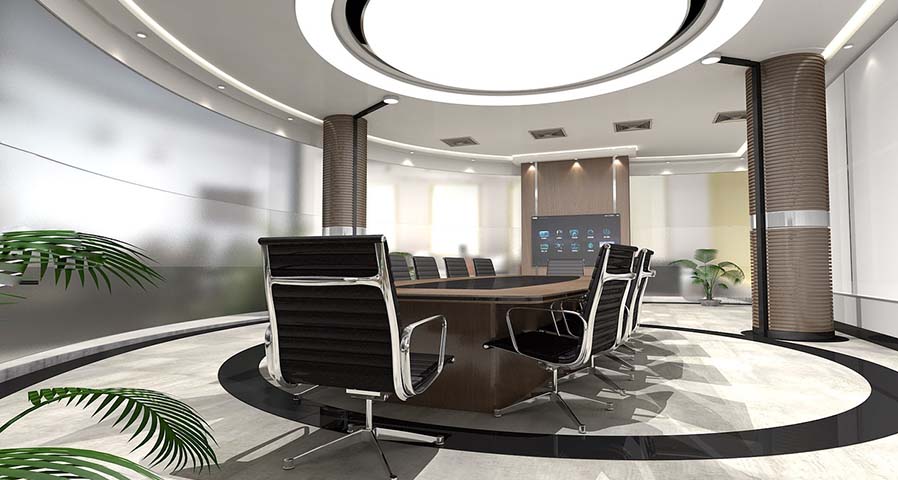
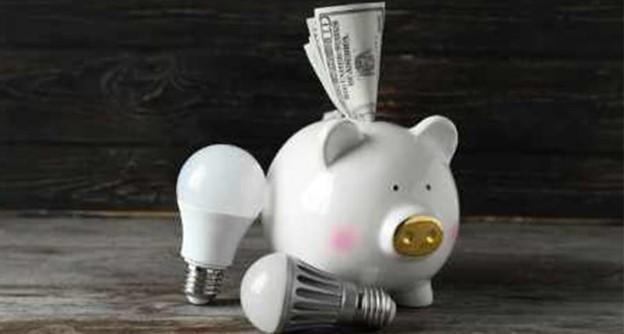
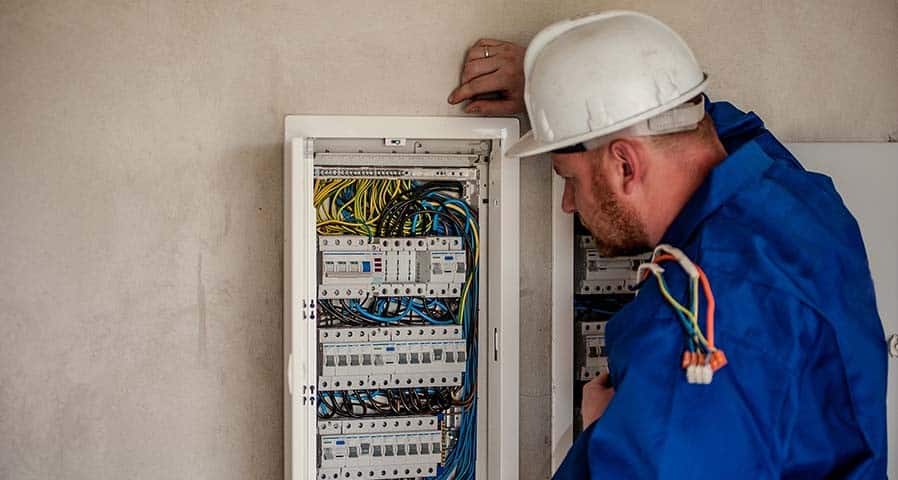
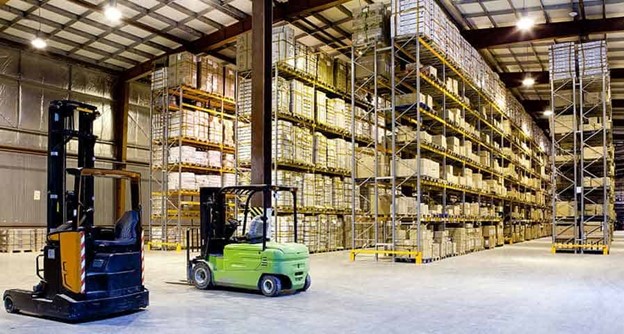
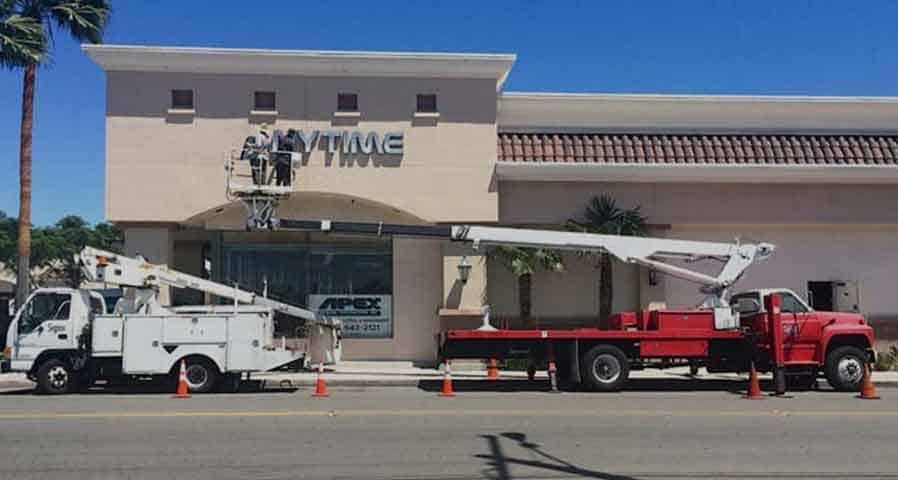
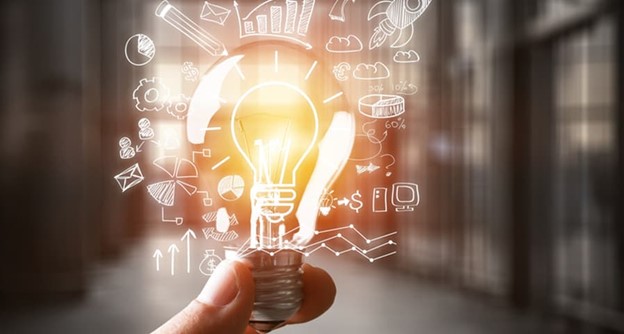
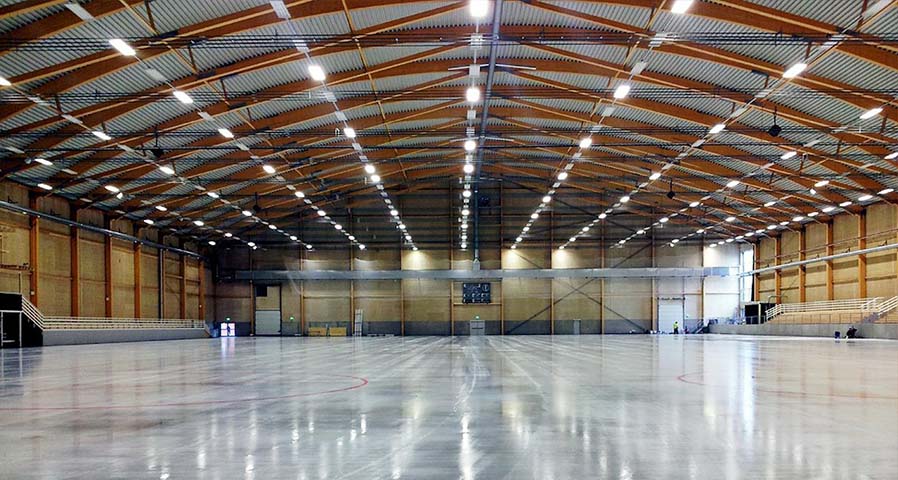
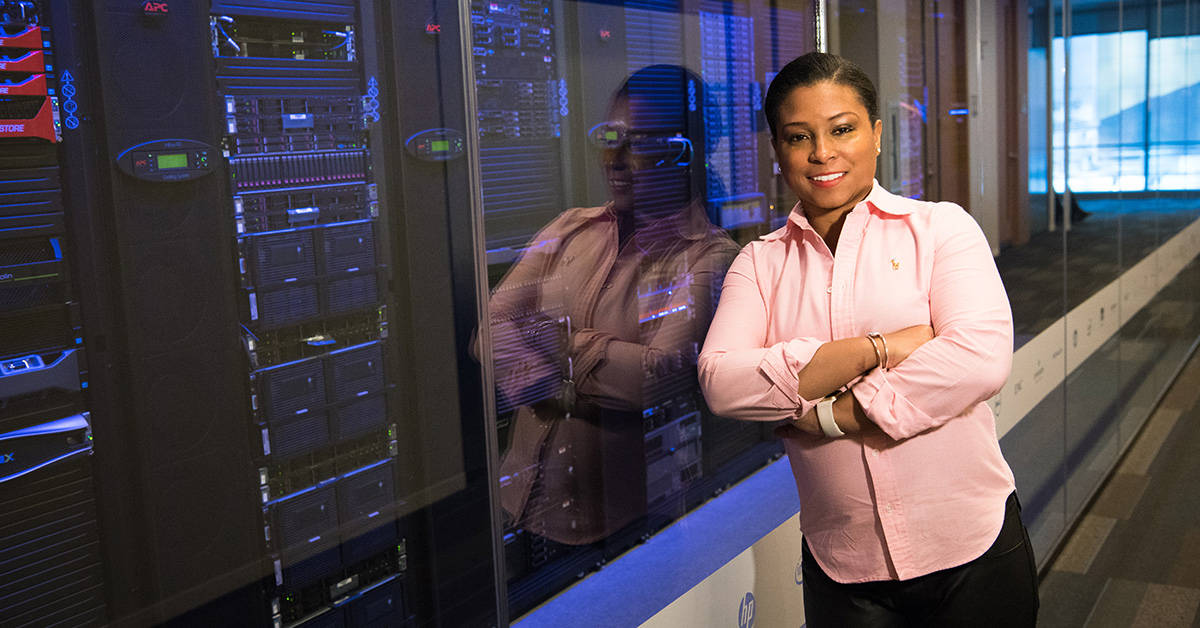

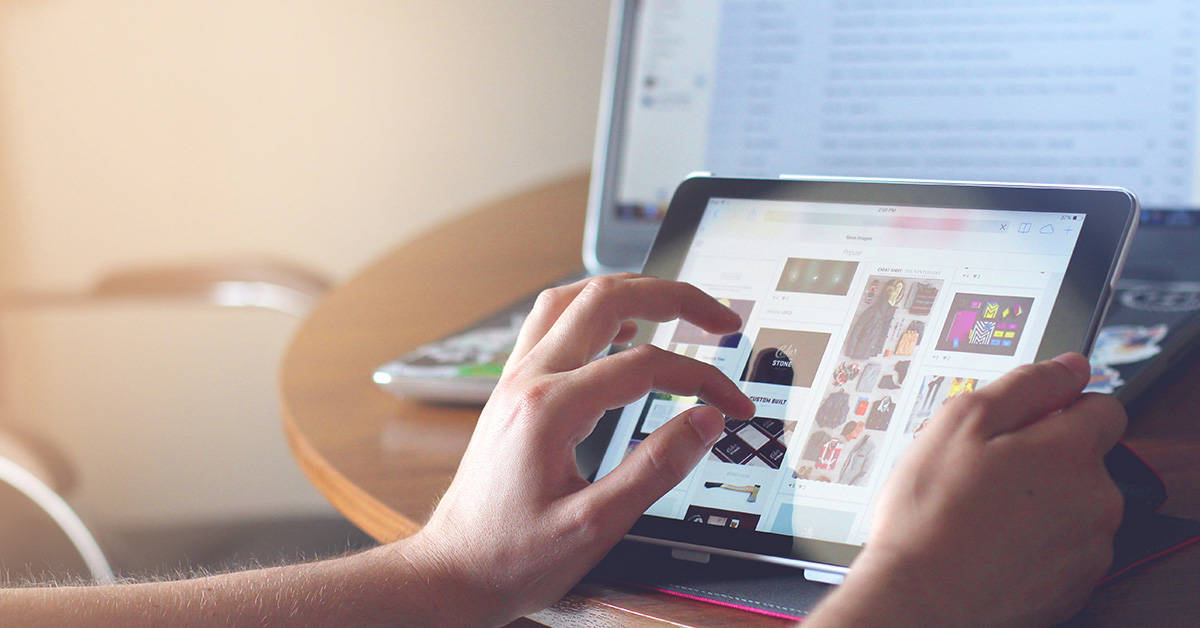



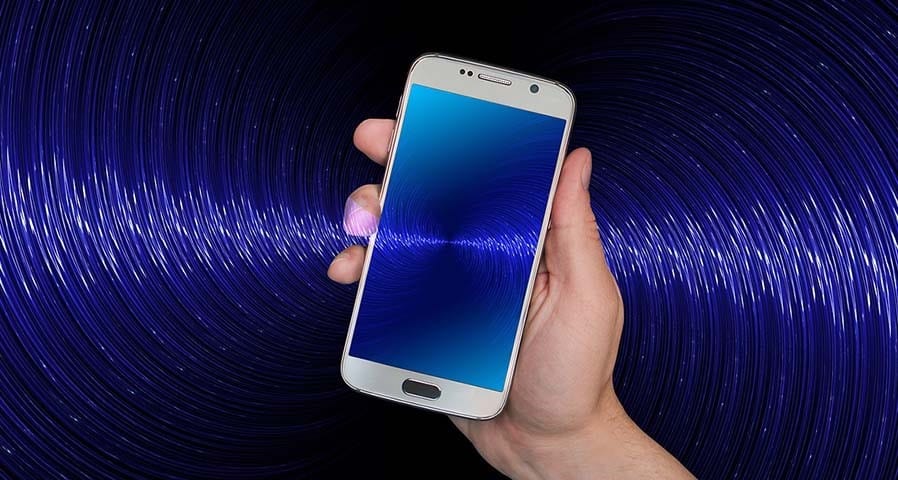
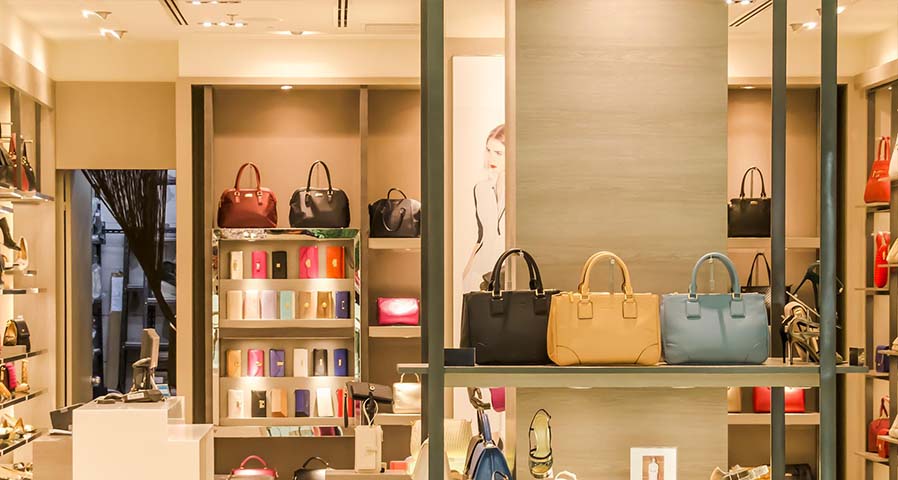
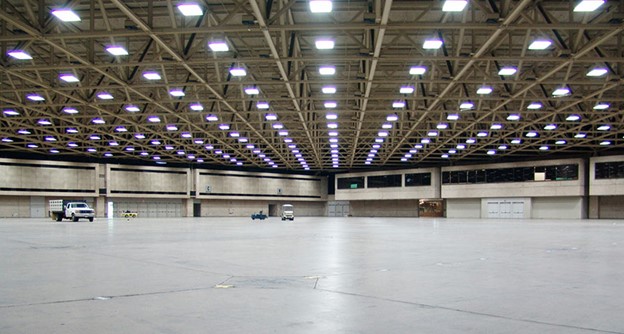
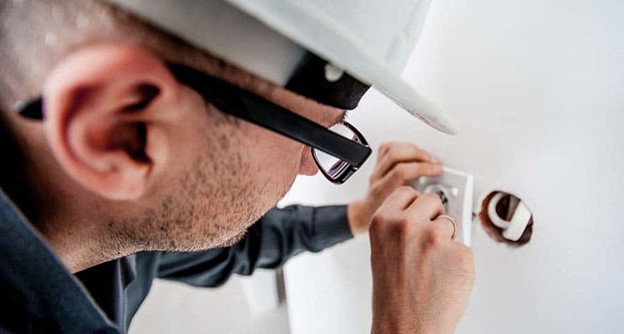
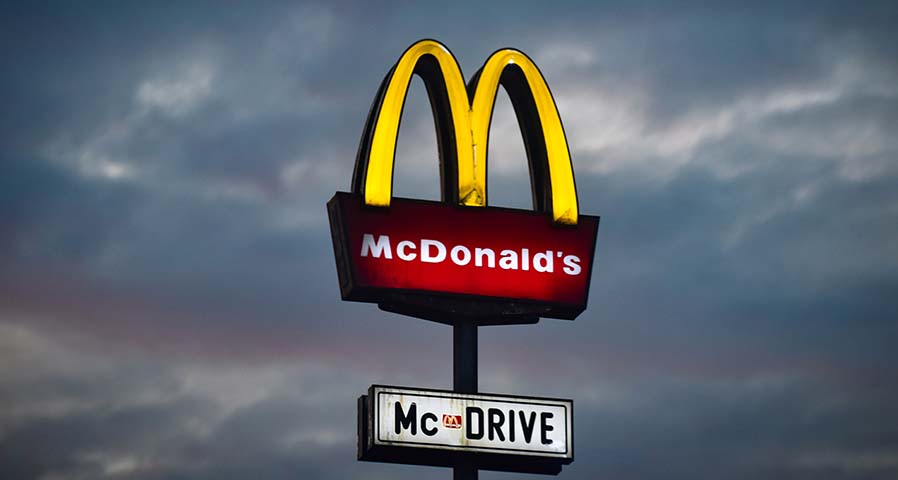
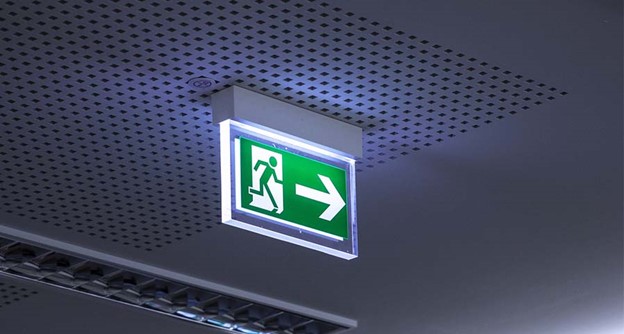
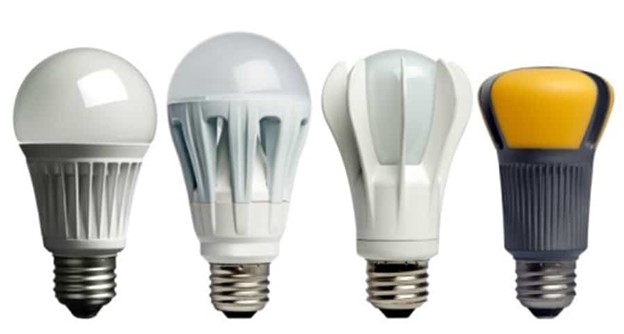
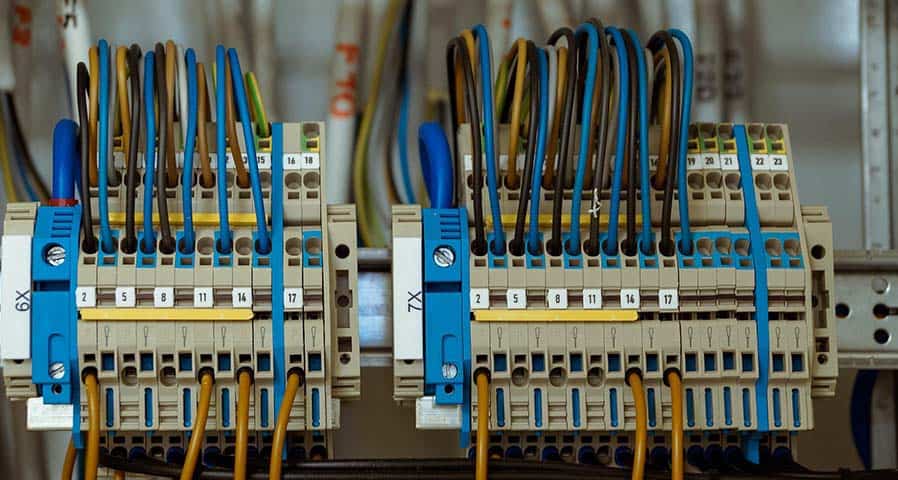
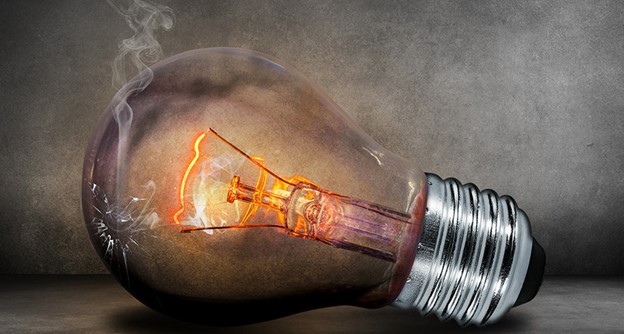
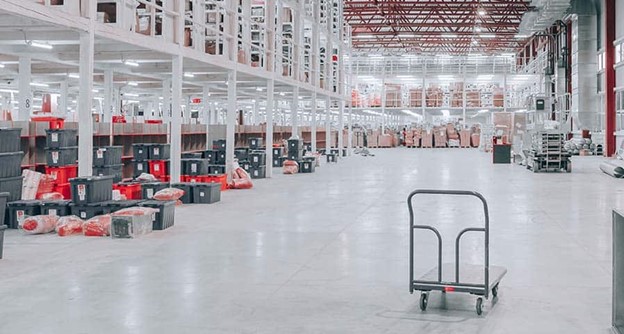
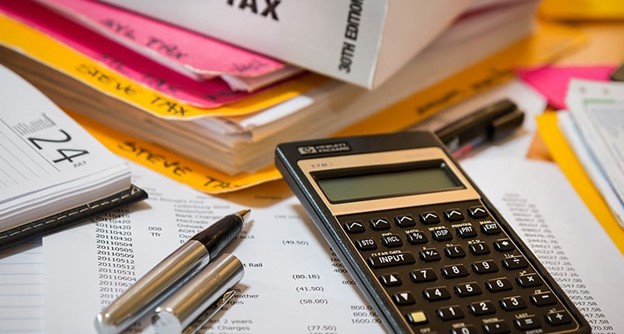
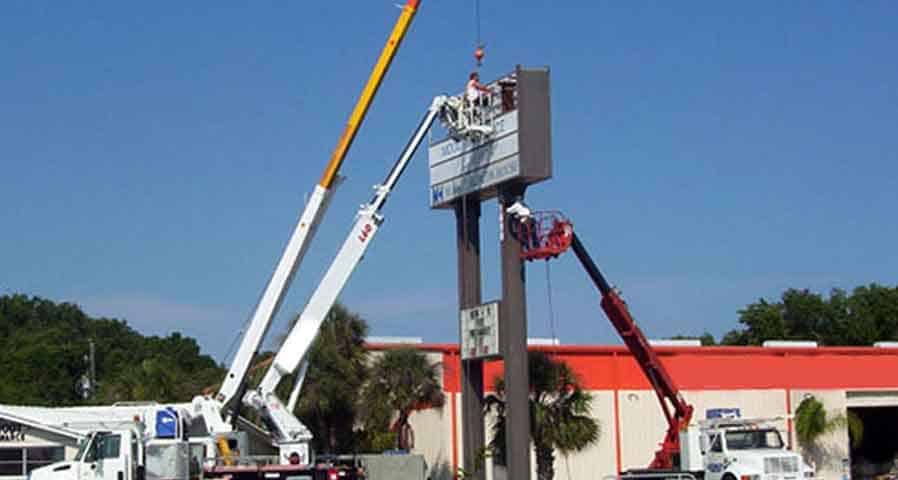

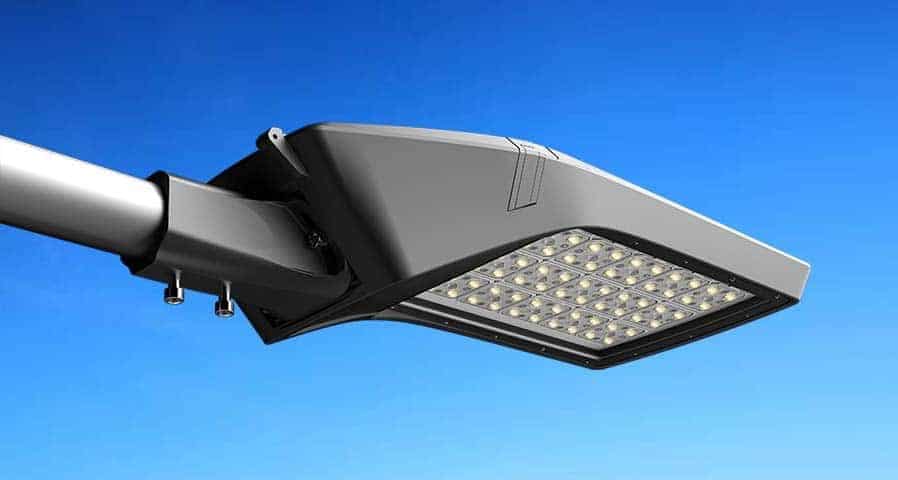
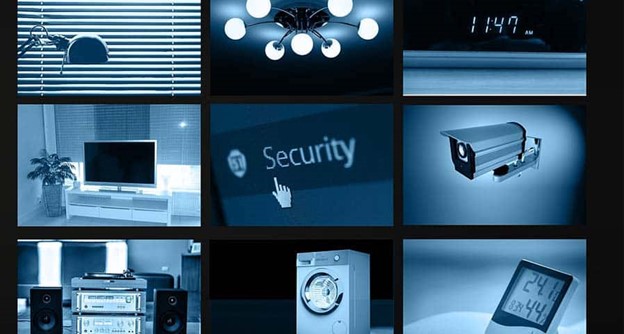
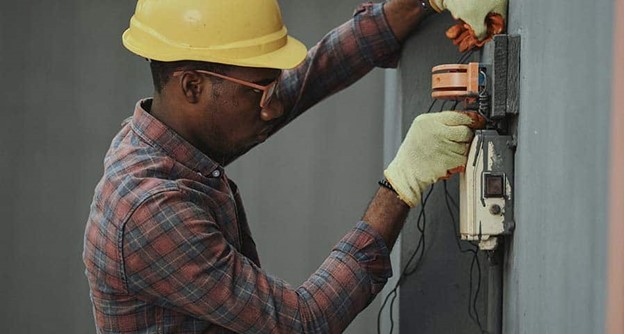
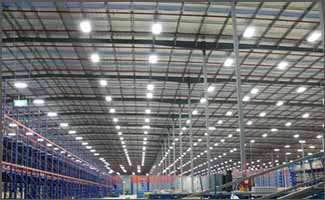





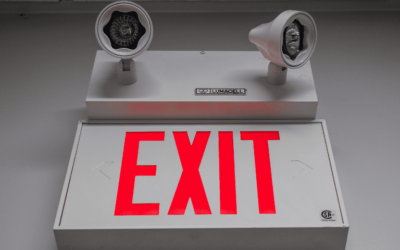



0 Comments